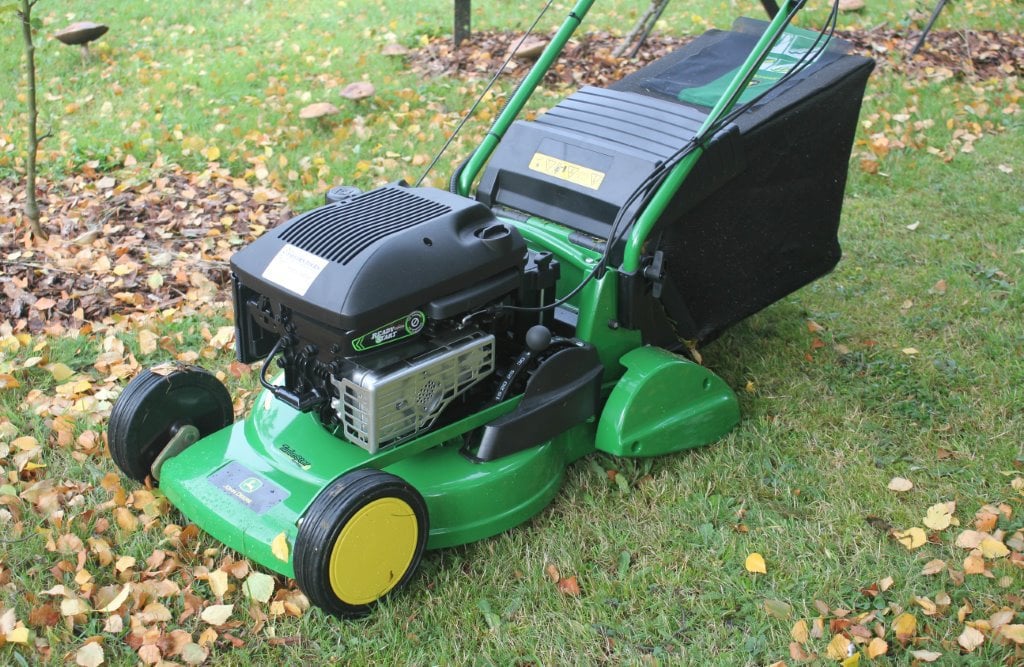
Over the past few days I have passed two specimens of Prunus sargentii in a garden while taking the children to school; this lovely small tree, renowned for its early autumn colour, never lets me down. It bookends the growing season, with masses of pink flowers in spring and is one of the earliest trees to change colour, the leaves turning red and orange before they fall. Today, the first October the last of the leaves flutter into the pool of fire lying around the base. This beautiful sight is a timely reminder to start raking leaves from the lawn as they start to fall, rather than leaving to form a thick mat, so the grass underneath dies. You can use a spring tine rake but a rotary mower makes life easier if they are dry, chopping up the leaves and increasing the speed of decay. It is worth covering your pond as the first leaves fall – either keep a roll of fine mesh netting specifically for the job or use the same netting that you use for your raspberry canes in summer. Rather than adding leaves to the compost heap, rot them down in a chicken wire frame, at least one metre cubed, supported at each corner by a stout stake. Try to separate them if possible, as ‘Holly’ and other tough evergreens or ‘Walnut’ take longer to rot down than beech or ‘Hornbeam’. If you only have a small area of lawn, leaves can be composted in black bin liners, knotted at the end and with some holes punched in them with a garden fork.
Several pots of Canna’s, will be moved into the greenhouse once they have been been cut back by frost; Dahlia’s will need lifting and moving indoors at this point, too, unless you live in milder parts of Britain, where they can be overwintered outdoors under a thick layer of mulch or straw. They can also be lifted and stored in labelled trays, in a cool frost free place, protected by a layer of multipurpose compost or similar – it is a great way to recycle old hanging basket or container compost. Dahlia’s can be stored ‘dry’; Canna’s like to be slightly moist through the dormant season.
My tomatoes have been late ripening but once they are cleared, there will be space to sow winter salads in greenhouse borders or under cloches or fleece. Try the lettuce ‘Four Season’s’ or ‘Valdor’, ‘Corn Salad’, ‘Chicory’ and ‘Lamb’s lettuce. One highly productive group for sowing and growing over winter are the ‘Oriental Vegetables’, which can be harvested at different stages in growth, from small’ cut and come again’ leaves to maturity – even flowering! On my list are Mibuna, Komatsuna and Pak Choi broadcasting some and sowing others in rows to grow to maturity. All are very cold tolerant but the leaves are of higher quality when they are sown under cover. Oh, and I must remember to plant the garlic, too!
Happy gardening! Matt










